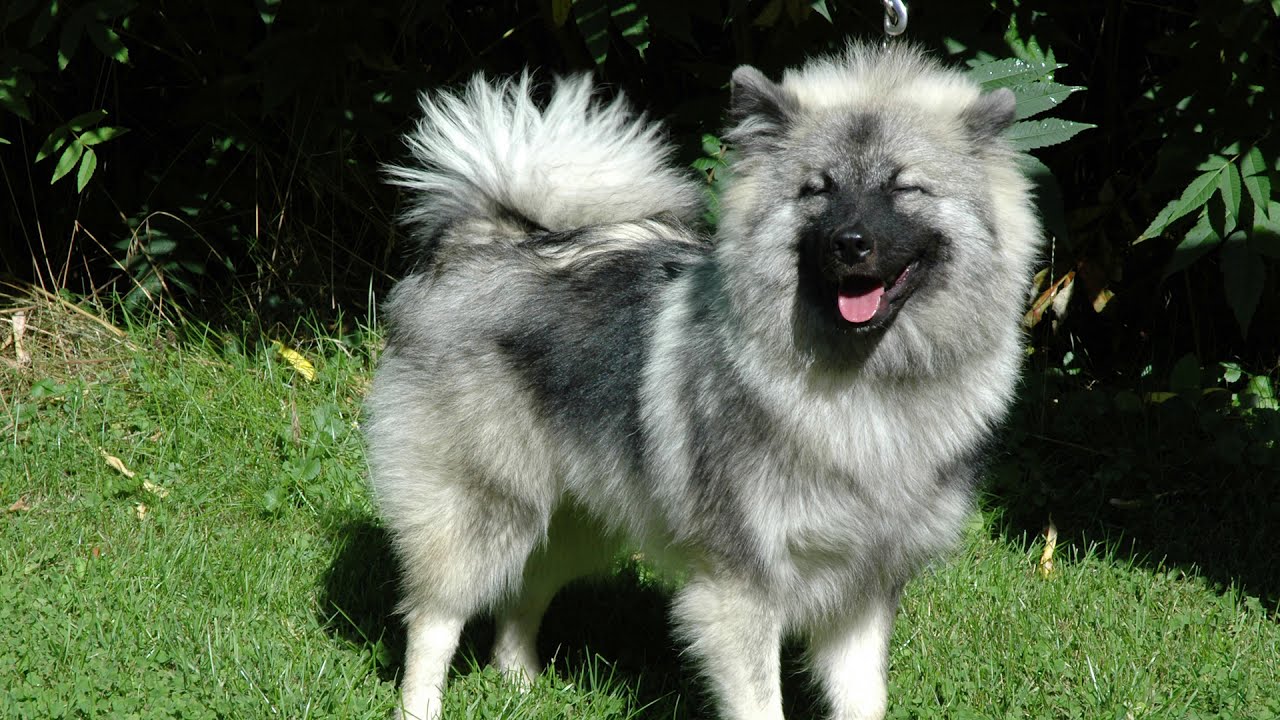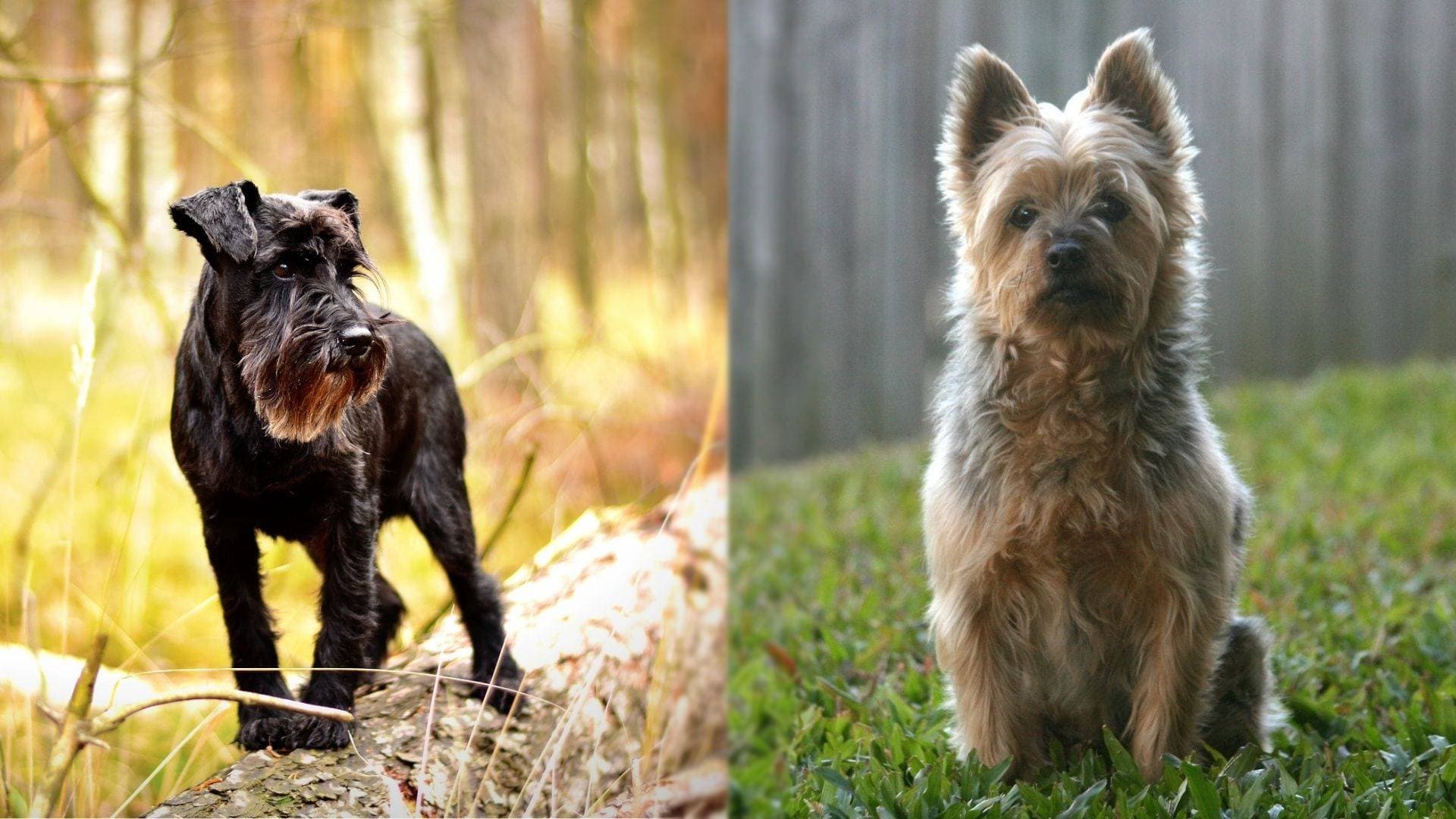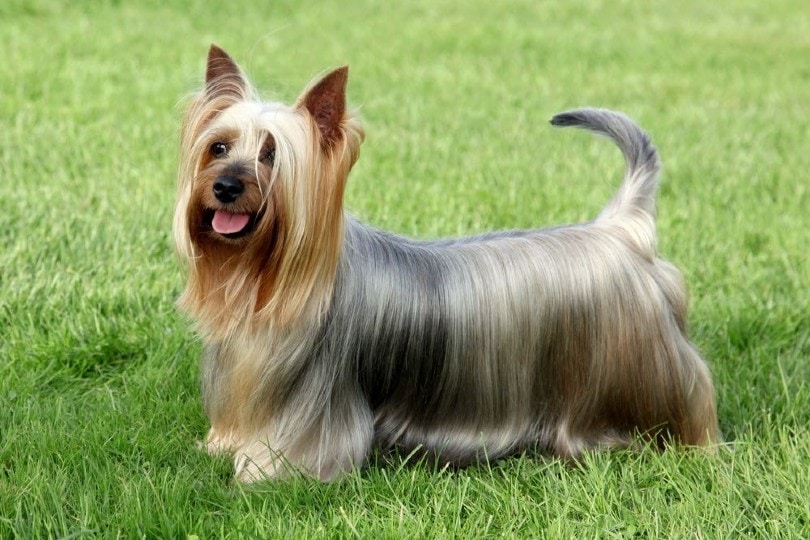The schnauzer, with its distinctive wiry coat, bushy eyebrows, and alert demeanor, has captivated dog lovers for generations. A popular choice for families, they’re known for their intelligence, loyalty, and playful nature. However, the question of whether a Schnauzer truly belongs to the terrier family has sparked debate among breeders and dog enthusiasts alike. This article delves into the fascinating history of the Schnauzer breed, examining its distinct characteristics, its relationship to other terrier breeds, and the genetic evidence that sheds light on its true lineage.
The Schnauzer’s Origins: A Working Dog from Germany

The Schnauzer’s origins can be traced back to medieval Germany, where they were initially bred as working dogs for farmers and butchers. Their strong, wiry coat provided protection against harsh weather conditions and the hazards of the workday. These early Schnauzers were primarily used for ratting and guarding, tasks typically associated with terrier breeds.
Over time, the breed evolved and was refined through careful selection and breeding. Three distinct types of Schnauzers emerged: the Standard Schnauzer, the Miniature Schnauzer, and the Giant Schnauzer. While the latter two varieties have been recognized as terrier breeds, the classification of the Standard Schnauzer has been a point of contention among experts.
The Standard Schnauzer: A Mix of Terrier and Pinscher?
The largest of the three Schnauzer varieties, the Standard Schnauzer is believed to have emerged in the late 19th century. Its size and strength made it ideal for guarding and pulling carts. According to some historians, the breed was created by crossing the Black and Tan Terrier with the German Pinscher, resulting in a versatile and hardworking dog.
However, others argue that the Standard Schnauzer is not a true terrier, but rather a Pinscher breed. The term “Pinscher” was used to describe any medium-sized working dog in Germany at the time, and it wasn’t until the 1870s that the Schnauzer name was officially adopted.
The Terrier Traits in Schnauzers: Exploring the Common Characteristics

Despite the debate surrounding the Standard Schnauzer’s classification, there are several distinct traits that Schnauzers share with terrier breeds. These include their wiry coat, high energy levels, and strong prey drive. Let’s take a closer look at these characteristics and how they relate to other terrier breeds.
Wiry Coat: A Signature Feature of Terriers
One of the most noticeable features of a Schnauzer is its distinctive coat. Known for its rough and wiry texture, it provides protection against harsh weather conditions and can be easily maintained with regular grooming. This type of coat is also a defining characteristic of many terrier breeds, including the Airedale Terrier, the Wire Fox Terrier, and the Scottish Terrier.
The wiry coat of a Schnauzer serves a practical purpose. In their early days as working dogs, it protected them from thorns, burrs, and other hazards they may encounter while on the job. In addition, the texture of their coat makes it difficult for small pests like fleas and ticks to attach, further adding to their usefulness as ratters.
High Energy Levels and Playful Nature
Another common trait among terrier breeds is their high energy levels and playful nature. As working dogs, Schnauzers were often tasked with physically demanding jobs, requiring them to have stamina and endurance. This translates into an energetic and playful personality that is still present in the breed today.
Schnauzers thrive on activity and mental stimulation, making them great companions for active families. They also have a mischievous streak and will often engage in playful antics, making them a source of entertainment for their owners.
Strong Prey Drive: A Result of Their Working Heritage
Many terrier breeds were originally bred for hunting and ratting, and Schnauzers are no exception. Their strong prey drive is a result of their working heritage, making them skilled hunters and excellent vermin control dogs. However, this trait can also make them prone to chasing after small animals like squirrels or rabbits, so early training and socialization are important for managing their instincts.
Schnauzer vs. Terrier: Key Differences and Similarities

While there are certainly several common traits that Schnauzers share with terriers, there are also some key differences between the two breeds. Let’s take a look at some of these distinctions and how they affect the classification of the Schnauzer as a terrier breed.
Size and Build
One of the most obvious differences between Schnauzers and terriers is their size and build. Schnauzers, specifically the Standard and Giant varieties, are significantly larger and more robust than most terrier breeds. On average, a Standard Schnauzer can weigh up to 50 pounds, while a Scottish Terrier typically weighs around 20 pounds.
This size difference is due to the original purpose of each breed. As previously mentioned, Schnauzers were used as working dogs and needed to have strength and endurance to perform their tasks. Terriers, on the other hand, were bred to hunt and kill small pests, requiring them to be smaller and more agile.
Coat Color and Texture
Another notable difference between Schnauzers and terriers is their coat color and texture. While both breeds typically have a wiry coat, terriers come in a wider variety of colors, including black, white, and tan. Schnauzers, on the other hand, are mostly known for their salt and pepper or black and silver coats.
In terms of texture, terriers often have a softer and silkier coat compared to Schnauzers. This is because their primary function was to hunt small animals that may retreat into dens and burrows, requiring a coat that could easily slide through tight spaces.
Temperament and Personality
While both Schnauzers and terriers are known for their intelligence, loyalty, and playful nature, there are some differences in their temperaments and personalities. Terriers are known for being fearless and bold, characteristics needed for hunting and ratting. On the other hand, Schnauzers are more reserved and calm, making them great family pets.
Another notable difference is that Schnauzers are typically easier to train and have a higher level of obedience compared to terriers. Terriers, while intelligent, can be stubborn and independent, making training a bit more challenging.
The Importance of Breed Classification: Why Distinguishing Schnauzers and Terriers Matters

With all the similarities and differences between Schnauzers and terriers, one may wonder why it’s so important to classify them correctly. After all, they’re both beloved breeds with loyal fan bases. However, understanding a breed’s classification has significant implications when it comes to breeding, training, and managing potential health issues.
Breeding Considerations
Breeding two different breeds can result in unpredictable outcomes, and this is especially important to consider when it comes to Schnauzers and terriers. While the two may share many traits, their genetic makeup is likely to be vastly different, resulting in offspring that may not adhere to breed standards.
Moreover, breeding Schnauzers with terriers can also lead to potential health issues down the line. For example, Schnauzers are susceptible to certain health conditions like pancreatitis and bladder stones, while terriers may be prone to issues like hip dysplasia and allergies. Crossing these two breeds could potentially amplify the risk of these health issues in their offspring.
Training and Management
Understanding a breed’s classification is also important for proper training and management. Schnauzers, for example, are considered to be a working breed, and as such, they thrive on having a job and tasks to do. Knowing this, owners can provide their Schnauzers with the necessary physical and mental stimulation to keep them happy and fulfilled.
On the other hand, terriers are known for their independent streak and may require different training techniques compared to Schnauzers. Knowing the breed’s characteristics can help owners tailor their training methods accordingly.
Beyond the Label: The Unique Qualities of Schnauzers
While the debate on whether Schnauzers truly belong to the terrier family continues, one thing is for sure: they have distinct qualities that make them stand out from other breeds. These unique traits are what endear them to many dog lovers and make them popular companions.
Intelligent and Loyal Companions
One of the most appealing qualities of Schnauzers is their intelligence. They are quick learners and excel in activities like obedience and agility. This intelligence also translates into a strong sense of loyalty towards their owners, making them excellent companions.
Schnauzers are also known for being great family dogs, forming strong bonds with their human pack. They are highly social and enjoy spending time with their loved ones, making them an ideal choice for families with children.
Low Shedding Coat and Hypoallergenic Qualities
Another unique quality of Schnauzers is their low shedding coat. While no dog breed is completely hypoallergenic, Schnauzers come close due to their minimal shedding. This makes them a popular choice for individuals with allergies or those who prefer a cleaner home.
In addition, their wiry coat only requires occasional brushing and professional grooming every few months, making them a low maintenance breed in terms of grooming.
A Sense of Humor
Ask any Schnauzer owner, and they will likely tell you that their furry friend has a great sense of humor. Schnauzers are known for their playful nature and love to make their owners laugh. They are also highly perceptive and can pick up on their owner’s moods, often using their antics to cheer them up.
Choosing a Schnauzer: Understanding Breed Temperament and Needs
Before bringing any dog into your home, it’s essential to understand their temperament and needs. As we’ve seen, the Schnauzer has a unique blend of qualities that make them a lovable and loyal companion, but they may not be the right fit for everyone.
Family-Friendly Breed
Schnauzers are an excellent choice for families with children. They are social and enjoy being part of a pack, making them great playmates for kids. However, as with any dog, proper supervision and training are necessary to ensure a safe and harmonious relationship between the dog and children.
Activity Requirements
As working dogs, Schnauzers have high levels of energy and need daily exercise and mental stimulation. This can include walks, runs, trips to the dog park, or playtime in the backyard. Without adequate physical and mental activity, Schnauzers may become bored and engage in destructive behaviors.
Grooming Needs
While Schnauzers have minimal shedding and low grooming requirements, they do require regular brushing to maintain their wiry coat. In addition, they should have their coats professionally groomed every few months to keep them looking their best.
Conclusion
In conclusion, the debate on whether Schnauzers truly belong to the terrier family may continue, but one thing is certain; they are a beloved and unique breed with their own set of distinctive characteristics. While they share some similarities with terriers, their origins and traits set them apart from other breeds.
Whether you’re a Schnauzer owner, a dog enthusiast, or simply curious about the breed’s history and classification, understanding their roots and unique qualities can help you appreciate and care for these loving and loyal companions.
